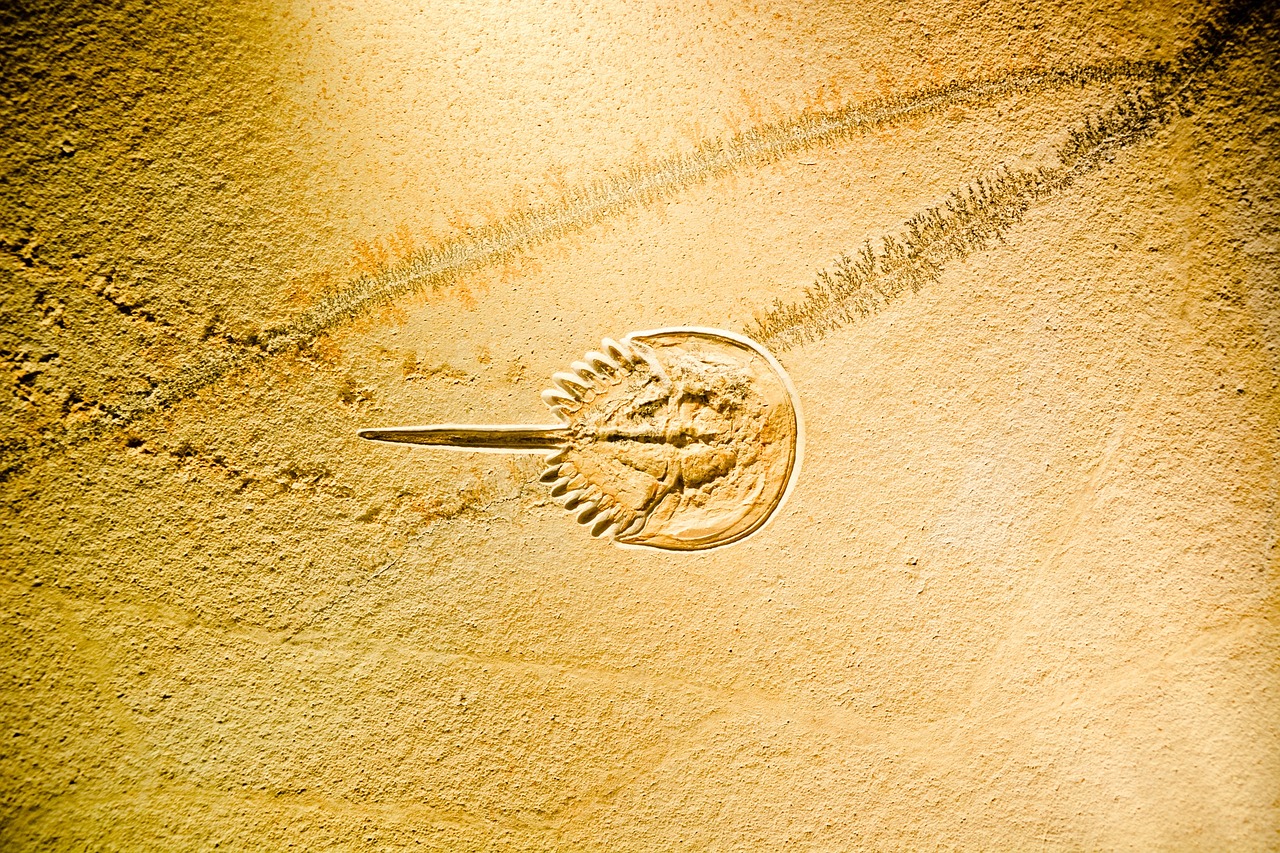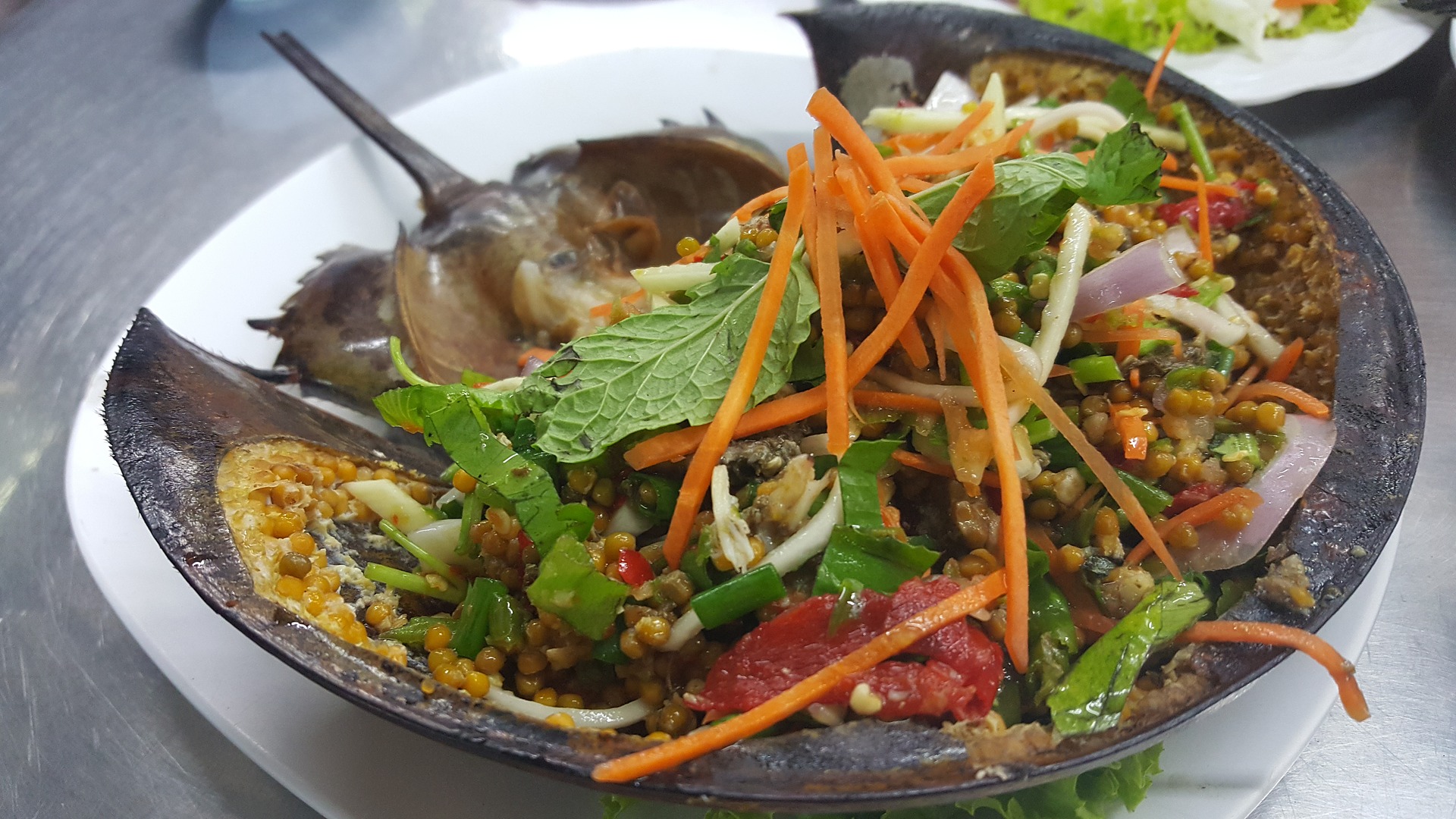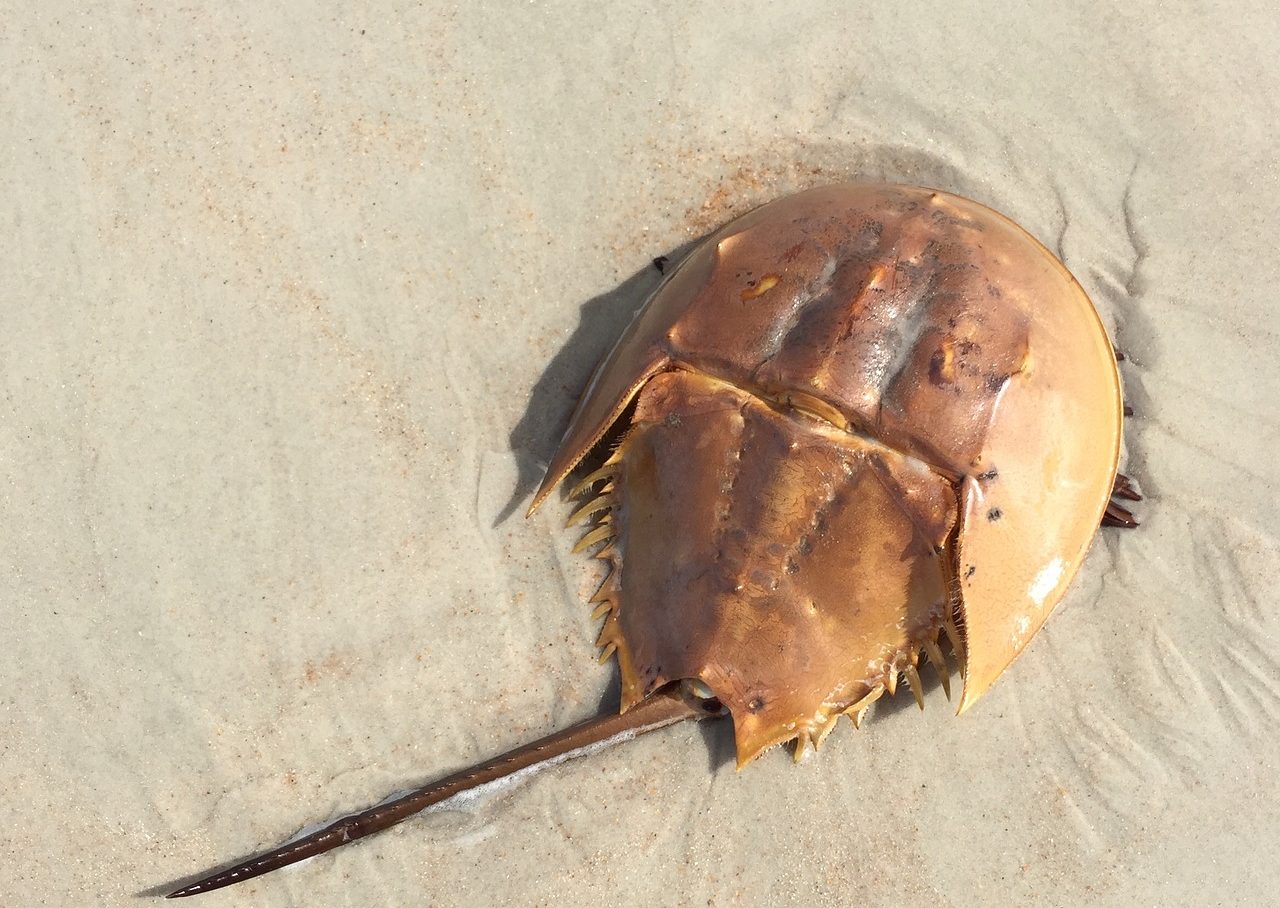Some of the most famous monstrous creatures on TV were created to look like horseshoe crabs, one of the oldest arthropods on earth that inhabit shallow water along the coasts of Florida, the Gulf of Mexico, and South Asia.
Although their not-so-cute looks, some restaurants across North America, Thailand, and Malaysia have started serving horseshoe crab as delicacy food. At the same time, some of its species are known to be poisonous. What’s the deal of horseshoe crabs? Can you eat them?
We’ll be answering these questions and more below.
What Are Horseshoe Crabs?

Horseshoe crabs have been around for around 445 years ago, so yes, they’re probably older than dinosaurs. They’re even called ‘living fossils’ since they’ve been around all that time unchanged. They deserve that title, given that marine life has gone through massive extinctions throughout history.
Despite their name, they’re not actual crabs. They rather belong to a family of arthropods called Limulidae. They’re more related to spiders and scorpions than crabs.
They do have scary tails, but it’s for their own protection. They use it to turn over if they’re accidentally flipped. It’s not to attack you, rest assured. That’s why it’s a common occurrence to encounter a group of dead horseshoe crabs on the shore. A high wave probably turned them over, and they couldn’t flip themselves upright, leading eventually to their death.
Do People Eat Horseshoe Crabs?

Eating horseshoe crabs is a delicacy in many Asian territories. They have little meat to eat while being pretty expensive compared to other similar edible sea creatures.
Horseshoe crabs themselves feed on almost everything, all the way from worms to small dead fish, and if the food is big for them, they crush it between their legs first, then move it to their mouths. Pretty scary! You don’t want to be feeding on that.
Although horseshoe crabs are relatively big, there’s only a little to eat. You don’t eat the whole thing, only the roe or the eggs of the crab, which is quite tiny. You can find roe on the lower part of the horseshoe crab, and it might be green or orange. Don’t expect lots of meaty flesh like regular crabs.
Orange roe tastes better than green roe, and it’s generally salty. It doesn’t taste like caviar nor fish roe. It’s rather rubber-like.
Typically, this restaurant grill, boil, or bake horseshoe crabs, peel their outer shell, take out the eggs, and eat them on their own or with salad.
Are Horseshoe Crabs Poisonous?
The short answer is yes; some horseshoe crabs are poisonous.
The Mangrove horseshoe crab species is known to have tetrodotoxin, a neurotoxin that has adverse effects on human health and that might lead to death if consumed in big amounts.
Yet, scientific research isn’t absolutely decided on this. Some research suggests that the poisonous component is dependent on the species, while others suggest that it’s activated at certain times of the year.
The poisoning issue became even more serious when several deaths were reported in Thailand and Cambodia after eating horseshoe crab. Other people suffered from vertigo and paresthesia.
Apart from poisoning, some people are allergic to a specific species of horseshoe crab species called Tachypleus tridentatus. You’ve got to be cautious when eating them. Can you grant their source and species after all?
In all cases, these crabs need to be prepared by an expert to avoid poisonous species and to cook ‘safe’ ones correctly. If you’re an adventurous eater planning to indulge in the horseshoe crab, don’t attempt to prepare it at home. Go to an expert.
Horseshoe Crab Might Have Saved Your Life!
Despite their spawny non-friendly appearance, horseshoe crabs do have a vital role in our ecosystems, protecting us, humans, from some evil bacteria like the E Coli.
Let me tell you about the tale of the vaccine contamination agent that is the horseshoe crab. These crabs have blue blood. Well, not like rich people, but that their blood is rich in copper.
When they’re attacked by certain bacteria, they form copper-rich clots that comprise that bacteria’s membrane almost instantly. That’s why they use this coagulating blood in serums to combat E coli and other types of bacteria. The interesting animal kingdom, huh?
Other Uses of Horseshoe Crab
Apart from roe eating, horseshoe crabs have a lot of benefits for humans. We’ll take a look at them below.
Bait
The most common use for horseshoe crab is as fish bait, especially for eels. Fishermen use them to make natural bait, and sometimes they’re integrated into making artificial bait.
Fertilizer
Native Americans have started this, then Europeans followed along afterward. Horseshoe crabs were sold in large amounts as a natural fertilizer named ‘cancerine.’ It wasn’t until the seventies when industrial fertilizers took over, and horseshoe crab fertilizer took a back seat.
Food
Not only do humans eat the eggs of horseshoe crabs, but they’re also a target of migrating shorebirds. They stop by the areas of emerging crabs on their long journey to get their food, and they flock away.
Industry
The shells of horseshoe crabs have a material called Chitin that’s used in weight loss products and cholesterol drugs. It’s also used to make surgical threads in some cases.
Cleaning
Horseshoe crabs spend a whole lot of time foraging for food on the shore. Thus, aerating the sand and stirring up sediment on the shore, which does a great job for the marine system.
In Conclusion
The short answer to the question, “Can I eat horseshoe crab?” is yes. However, this is bound by many conditions; you need to eat a non-poisonous species that doesn’t cause allergies, you only eat the roe, and you shouldn’t prepare it yourself to avoid poisoning.
After all that, the roe is salty, rubber-like, and overpriced. So, you might need to adjust your expectations before trying horseshoe crab.
Yet, it has an astounding role in making medicine and vaccine that protects against harmful bacteria. Kudos to that!

